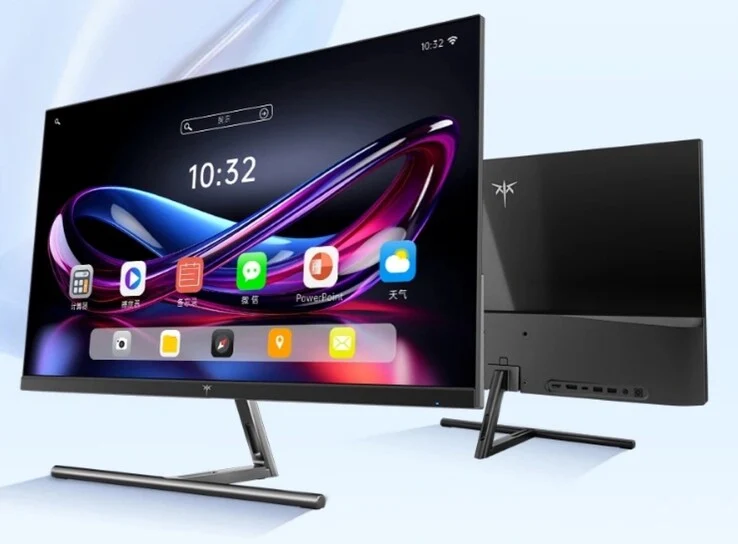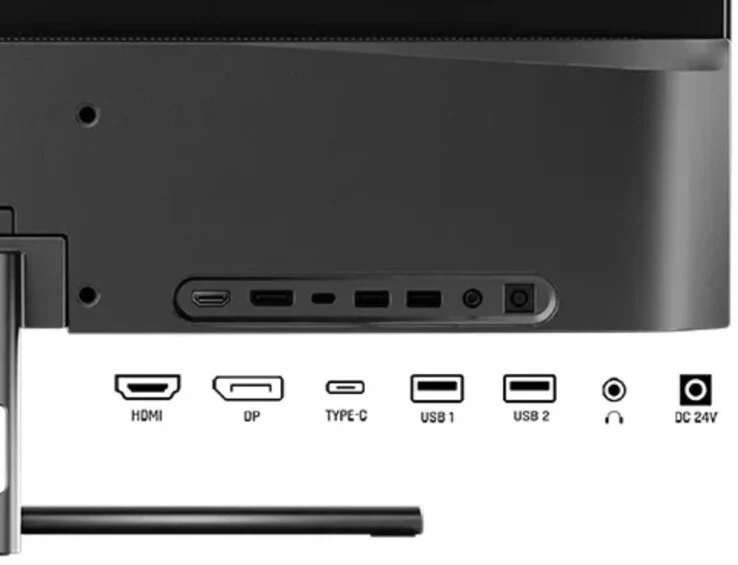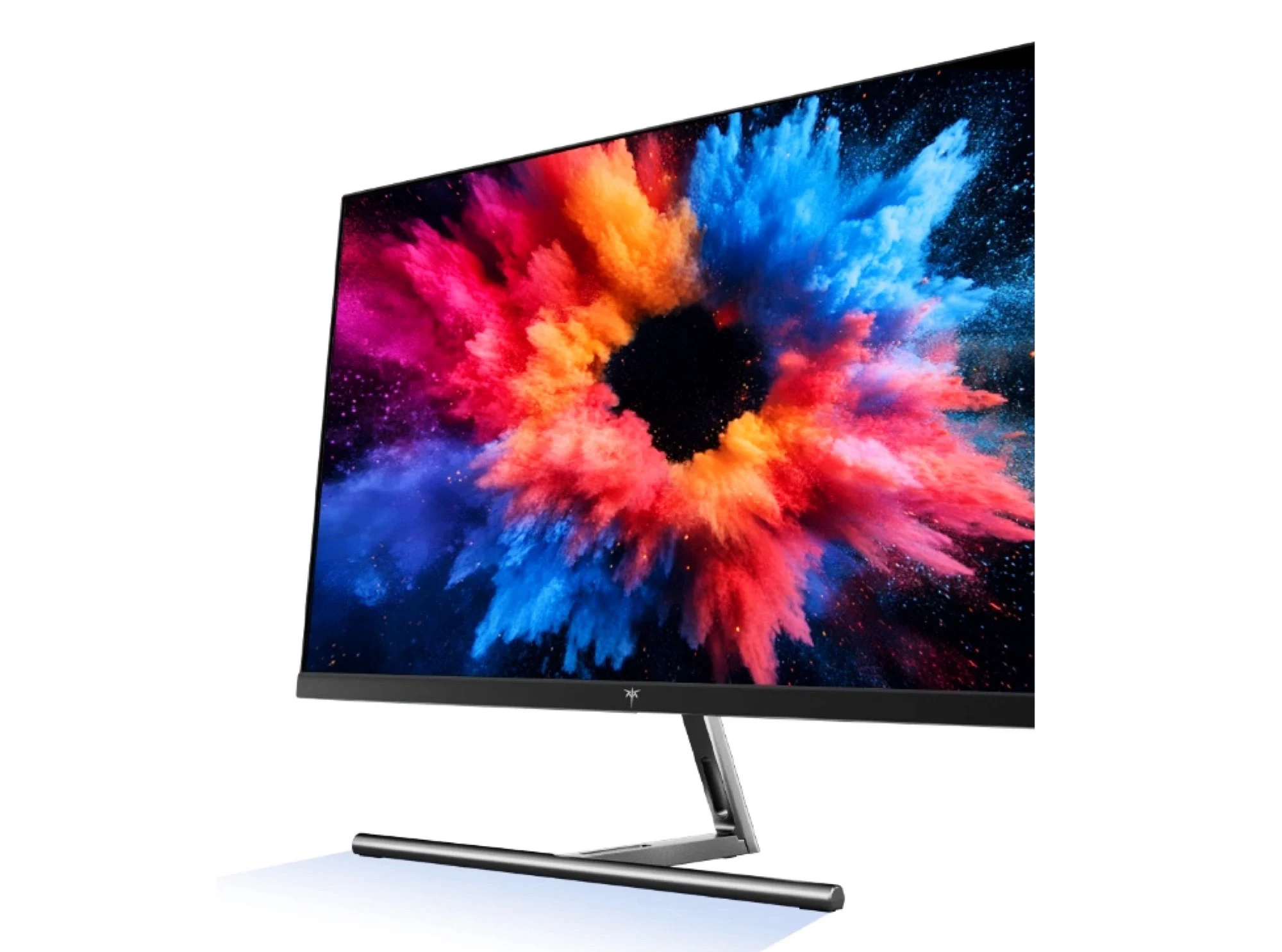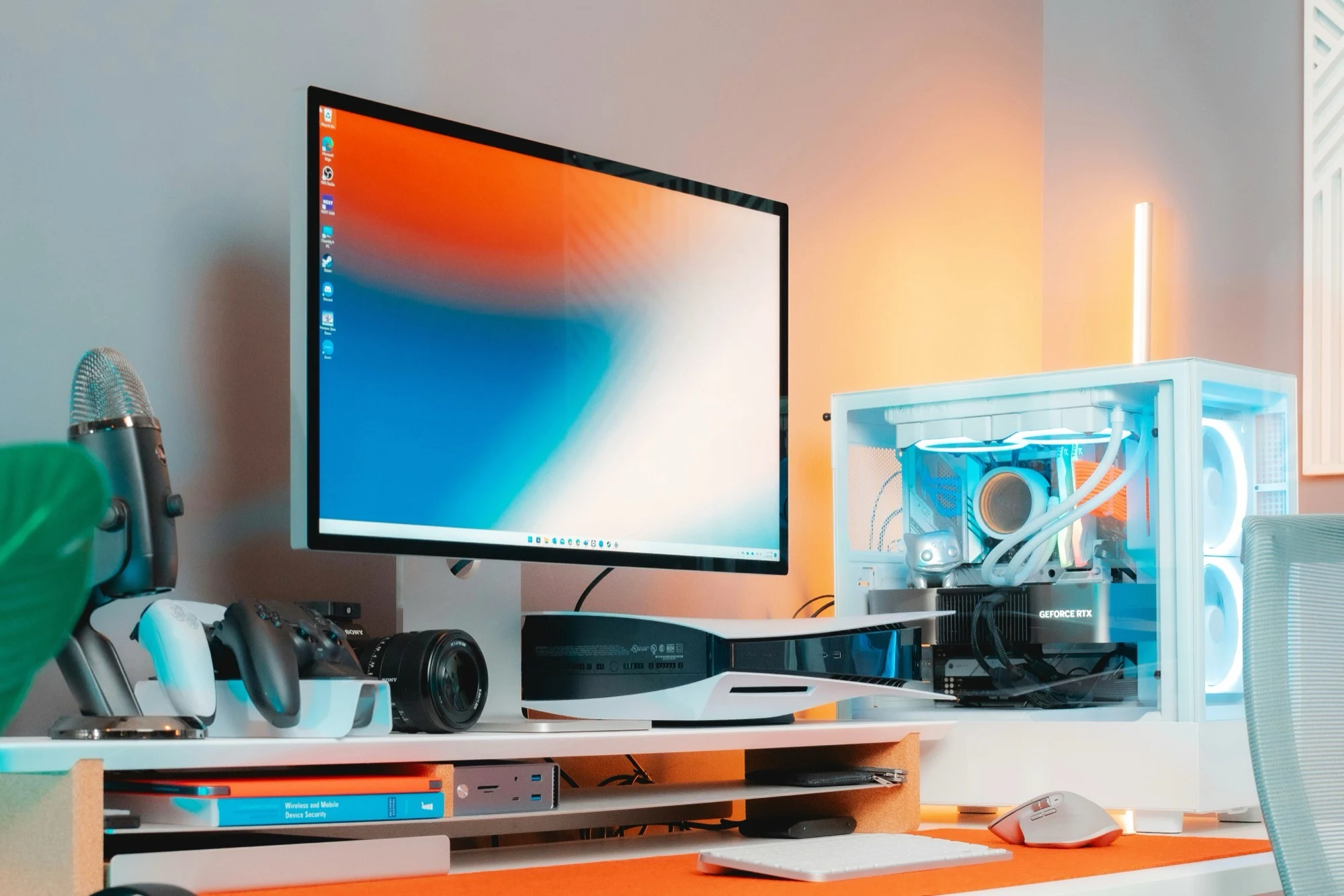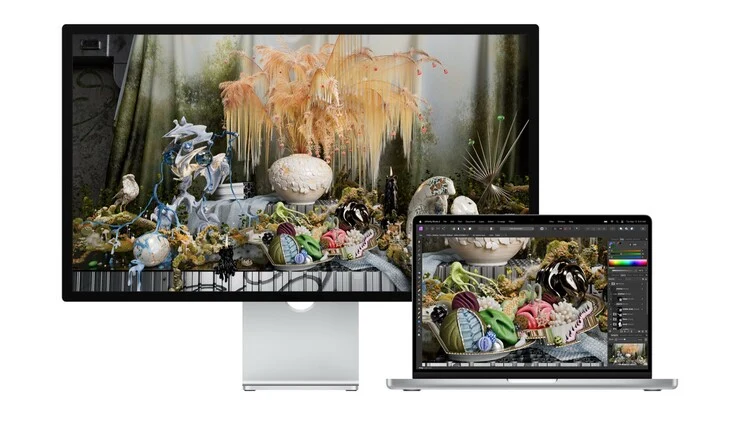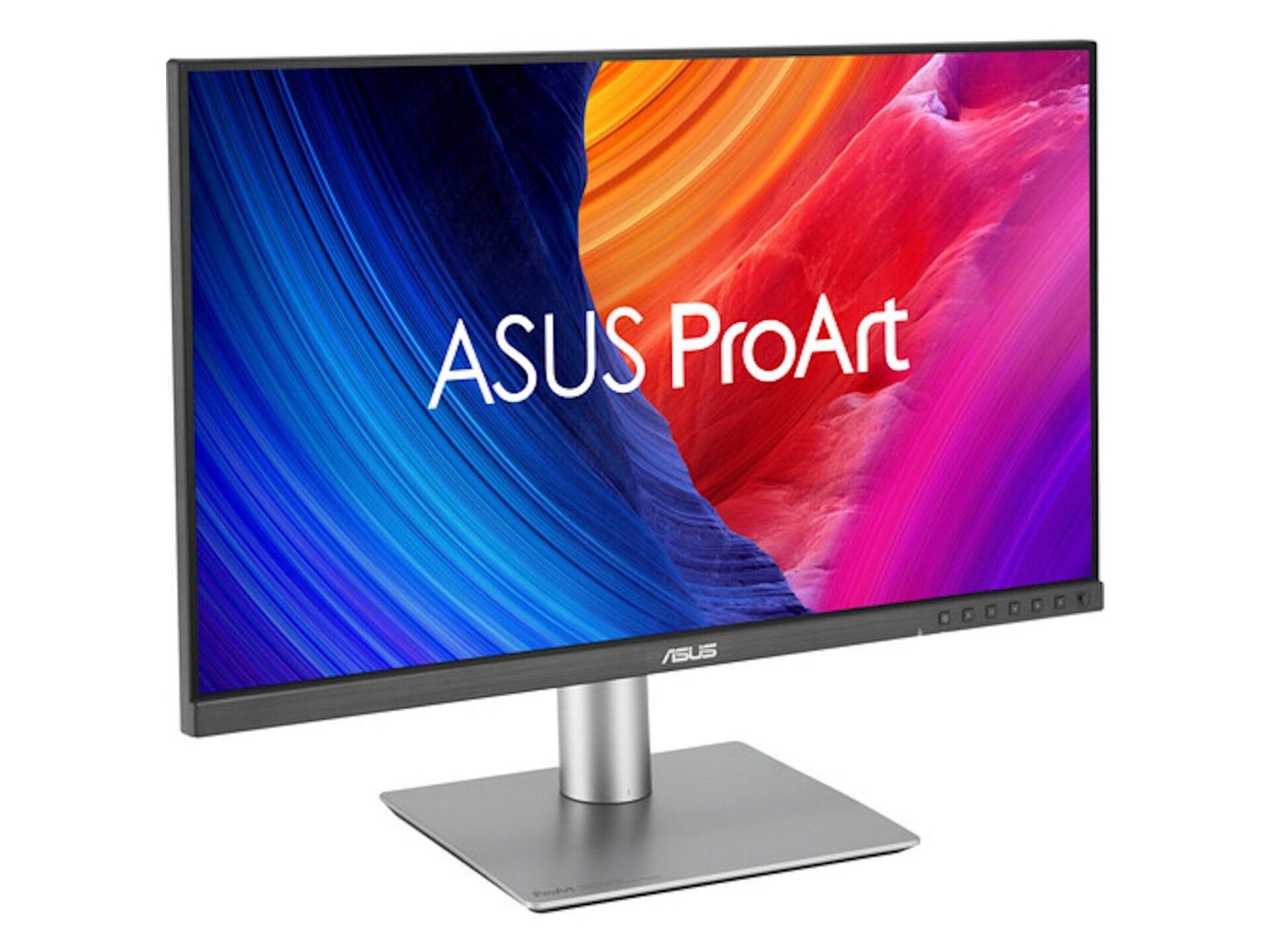Key Takeaways
1. KTC offers a new 27-inch 5K monitor, the H27P3, as a cheaper alternative to Apple’s Studio Display.
2. The monitor features a unique ability to switch between 5K resolution at 60 Hz and 1080p resolution at 120 Hz, making it suitable for gaming.
3. It boasts impressive specifications, including 500 nits brightness and a 2,000:1 contrast ratio.
4. The H27P3 claims high color accuracy, covering 100% of the sRGB and 99% of DCI-P3 and Adobe RGB color spaces.
5. Priced at approximately $495, the monitor is currently available in China, with potential for international release shortly after.
Since Apple released the Studio Display (around $1,499 on Amazon), brands like Dell, HP, and LG have come out with monitors that match its resolution. Yet, these options are mostly just a little cheaper and don’t really outperform Apple’s monitor in terms of specifications. Now, KTC, a Chinese monitor maker, is stepping into the ring with a more modern and much cheaper choice compared to the Studio Display.
Specifications and Features
The KTC H27P3 comes with a 27-inch IPS screen that boasts a 5K resolution (5,120 x 2,880 pixels). One remarkable aspect is that users can switch between 5K resolution at 60 Hz and 1080p resolution at 120 Hz, which makes it a reasonable option for gaming. KTC claims that the monitor can hit a full-screen brightness of 500 nits and has a contrast ratio of 2,000:1, which is quite impressive for an IPS display.
Color Accuracy and Connectivity
On paper, the monitor’s color accuracy looks quite good, with KTC stating it can cover 100% of the sRGB color space and 99% of both the DCI-P3 and Adobe RGB ranges. It also has a built-in USB-C port that can deliver up to 65 watts to a connected laptop, along with two USB-A ports for hub functionality. Additionally, users can find HDMI and DisplayPort options for input. The monitor is said to work well with both Windows and macOS systems.
The KTC H27P3 5K monitor is currently available in China for CN¥ 3,599 (approximately $495). Although the company hasn’t shared any information about an international release, KTC monitors usually become available in other markets within a few weeks after their launch in China.
Conclusion
KTC, through ITHome, is making a strong move in the monitor market, offering a competitive product at a lower price point.
Source:
Link
